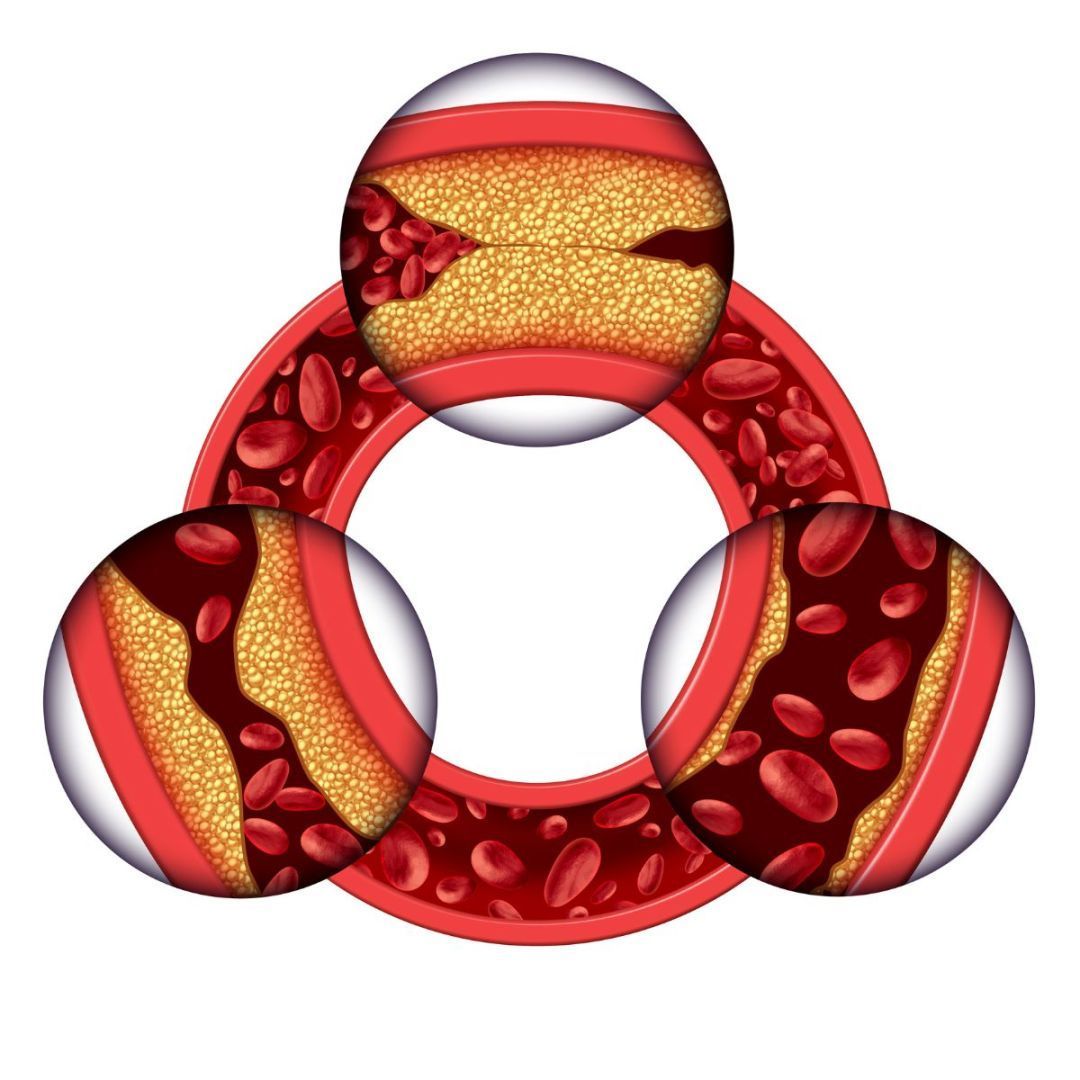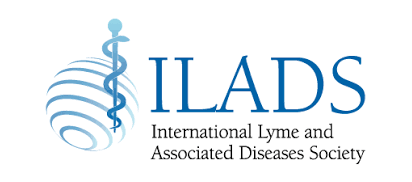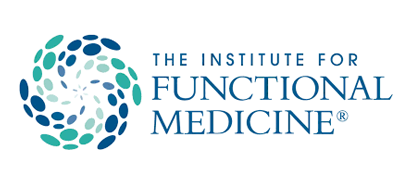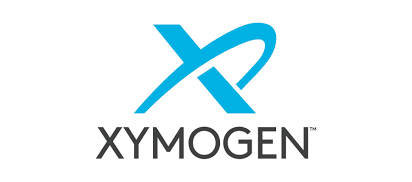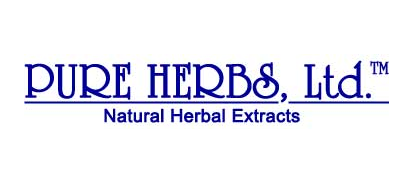🌟 New VIP Wellness Packages Are Here! 🌟
Take your health to the next level with our exclusive VIP offerings, available now through 2026:
• Wellness Supplement Saver
• Wellness Starter
• Integrative Cardiovascular Plan
• Cancer Recovery/Detox Wellness Plans
• Wellness Intensive
• Joint Rebuild Wellness Packages with Peptides
Your personalized path to optimal wellness starts today!
Cardiovascular Wellness Program
Memphis, TN
Doctor of Naturopathy and Master Herbalist
Functional Medicine and RGCC-Accredited
Virtual Consultations via Zoom
Hours:
Request Consultation
Hero Request Form
Thank you for contacting us.
We will get back to you as soon as possible.
Please try again later.
Understanding Coronary Artery Disease
Coronary artery disease refers to any condition that affects the coronary arteries, which supply blood to the heart muscle. Most commonly, it is associated with coronary atherosclerosis—a buildup of fatty deposits and fibrous tissue (plaques) inside the artery walls. This buildup can narrow the arteries, reducing blood flow to the heart and causing chest pain known as angina.
If a blood clot forms in a narrowed artery, it can lead to a heart attack (myocardial infarction), potentially causing serious damage to the heart muscle. Since coronary artery disease typically means atherosclerosis, the risk factors are similar. However, atherosclerosis can also affect other arteries, contributing to stroke, aortic aneurysm, and poor circulation to the limbs, bowel, and kidneys.
Recognizing Symptoms
Angina is the most common symptom, but some individuals may have significant coronary artery disease without any noticeable symptoms. In these cases, changes in an electrocardiogram (EKG), especially during an exercise stress test, may be the only indication. Exercise increases the heart’s demand for blood, and narrowed arteries may not meet this demand, leading to altered electrical activity in the heart.
Unfortunately, some people only discover they have coronary artery disease during a heart attack. In such cases, there is a 15 percent chance of death before receiving medical care.
Angina typically presents as squeezing, pressing, or burning chest pain, often centered in the chest or just below the rib cage. It may radiate to the arms (especially the left), abdomen, neck, or jaw. Other symptoms include sweating, nausea, dizziness, breathlessness, and palpitations. Sometimes, angina may be mistaken for indigestion.
Doctors classify angina into two types:
- Stable angina: Follows a predictable pattern, often triggered by stress, exertion, large meals, smoking, or temperature extremes. Symptoms usually last one to five minutes and subside with rest.
- Unstable angina: Less predictable and more serious. It may occur more frequently, last longer, or happen with less exertion. It can also begin while resting.
How Coronary Artery Disease Is Diagnosed
Diagnosis begins with a review of your family and personal medical history, current symptoms, and medications. Your doctor will assess whether your angina is stable or unstable.
A physical exam will focus on the chest and heart. Your doctor may check for chest wall tenderness and listen for abnormal heart sounds. Diagnostic tests may follow to confirm the presence and severity of coronary artery disease.
Chelation Therapy and Cardiovascular Support
EDTA chelation therapy is a method used to remove toxins and metabolic waste from the bloodstream. Administered orally or intravenously, chelation has been shown to improve blood flow and reduce plaque buildup. It may help reverse atherosclerosis, prevent heart attacks and strokes, and serve as an alternative to bypass surgery or angioplasty.
Chelation therapy may also reduce the need for prescription medications and acts as a powerful antioxidant, lowering the body’s toxic burden.
Holistic Cardiovascular Care
At Integrative Wellness and Research Center, we emphasize the importance of heart health in overall wellness. Our approach blends naturopathic principles with modern research to offer personalized, holistic care. Services include:
- Full cardiovascular assessments
- Customized nutrition and lifestyle plans
- Herbal and supplement guidance
- Stress management techniques
- Advanced diagnostic testing
- Integrative treatment options
Benefits of Our Cardiovascular Services
- Prevention of serious heart conditions
- Increased energy and vitality
- Management of existing heart issues
- Reduced risk factors for heart disease
- Tailored treatment plans
- Combination of natural and conventional therapies
- Access to advanced diagnostics
- Support for long-term heart health
Why Choose Us for Heart Health
By choosing Integrative Wellness and Research Center, you receive care from a team that values both expertise and a holistic approach. Benefits include:
- Care from a Doctor of Naturopathy and Master Herbalist
- RGCC-accredited facility
- Virtual consultations via Zoom
- Over 30 years of clinical experience
- Appointments often available within two weeks
- On-site shop for medical supplies and supplements
- Price matching for in-store supplement purchases
- Personalized attention to your unique health needs
Start Your Heart Health Journey Today
Your cardiovascular health is too important to ignore. At Integrative Wellness & Research Center, we're ready to partner with you on your journey to ideal heart health. Our team, led by a Doctor of Naturopathy and Master Herbalist, is committed to providing you with the highest quality care, combining traditional wisdom with modern research. Whether you're looking to prevent future issues or manage existing conditions, we have the expertise and resources to help you achieve your health goals. Don't wait to prioritize your cardiovascular health – contact Integrative Wellness & Research Center today and take the first step towards a healthier, more vibrant you.
- Bullet text
- Bullet text
- Bullet text
- Bullet text
- Bullet text
- Bullet text
- Bullet text
- Bullet text
- Bullet text
- Bullet text
Title or Question
Describe the item or answer the question so that site visitors who are interested get more information. You can emphasize this text with bullets, italics or bold, and add links.Title or Question
Describe the item or answer the question so that site visitors who are interested get more information. You can emphasize this text with bullets, italics or bold, and add links.Title or Question
Describe the item or answer the question so that site visitors who are interested get more information. You can emphasize this text with bullets, italics or bold, and add links.
We price match or beat competitors by up to 5% on supplements sold in our shop.
Not valid with any other offers or promotions. Restrictions apply.
Must mention this coupon at the time of scheduling.
Visit Us
Reviews
Virtual Consultations Available
Get expert holistic care planning from the comfort of your home. Our Zoom consultations make wellness accessible and convenient.
Request your consultation today!
Request Consultation

